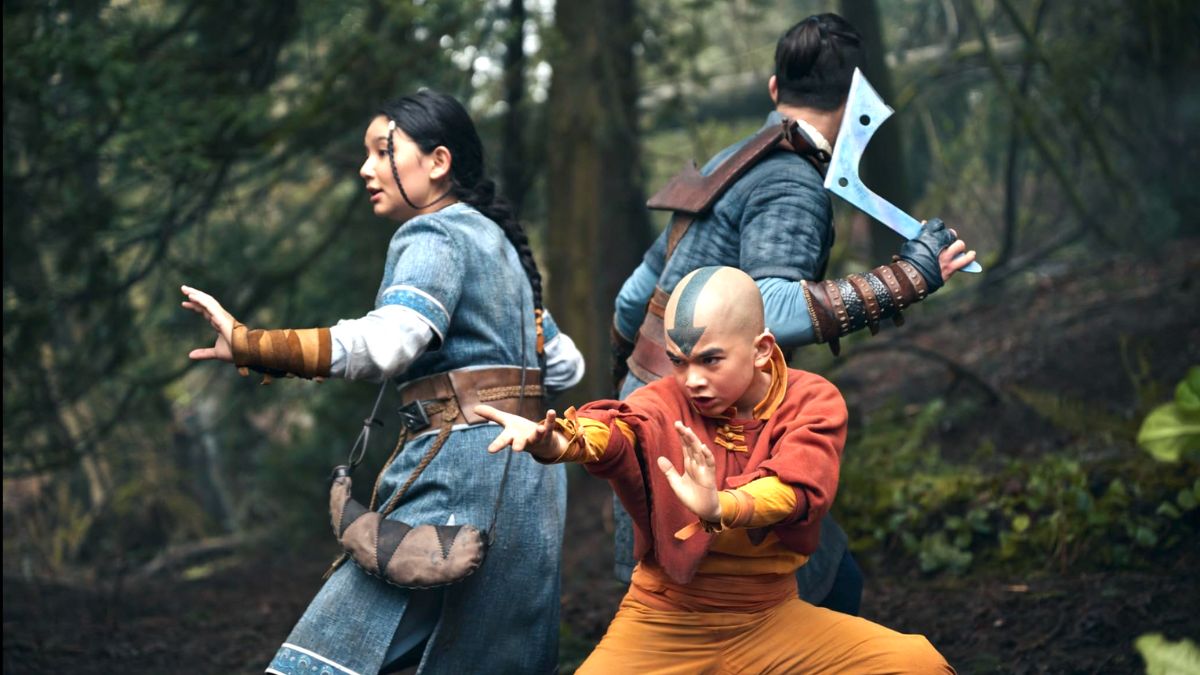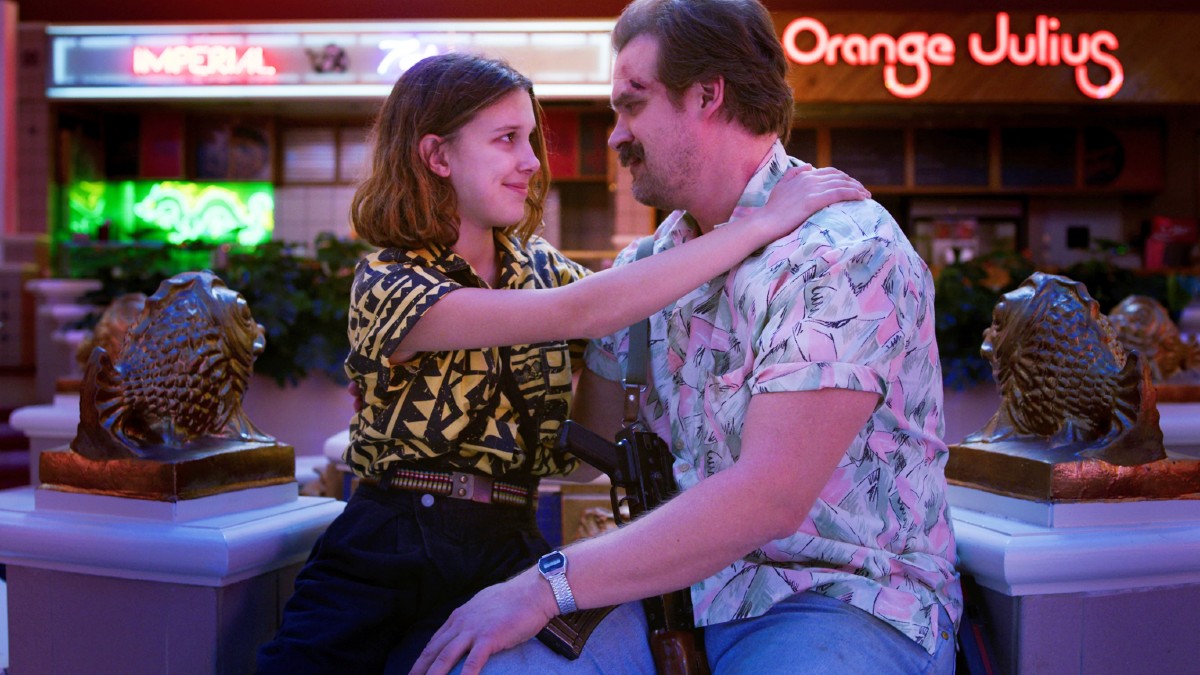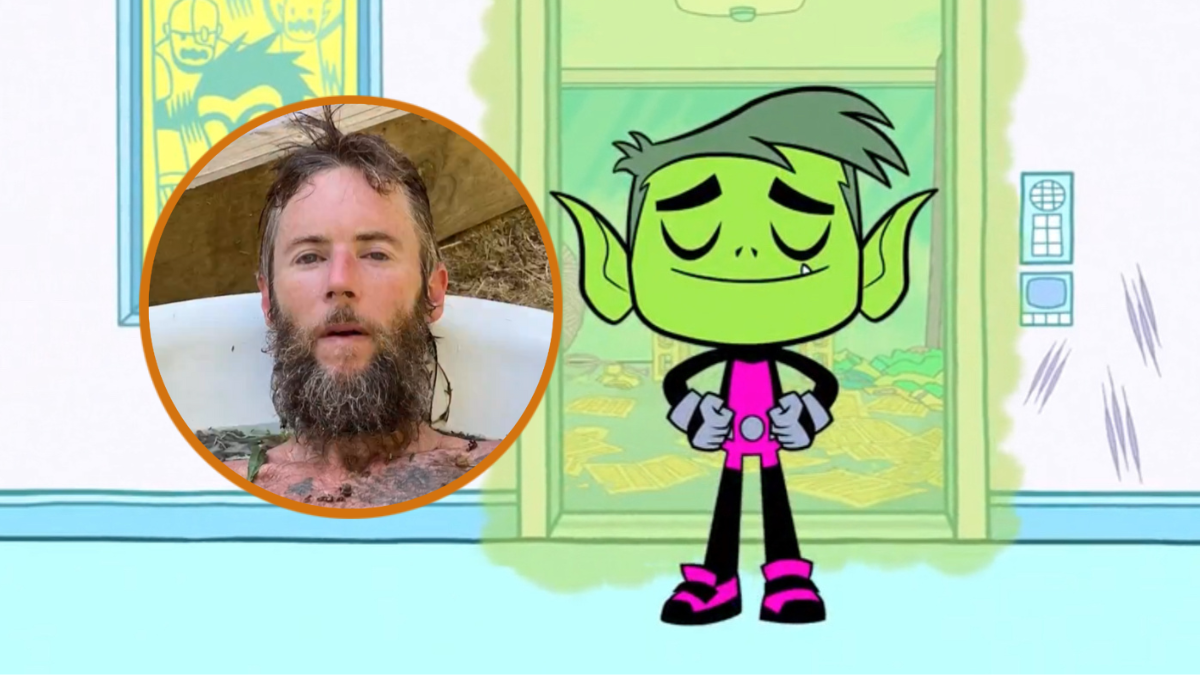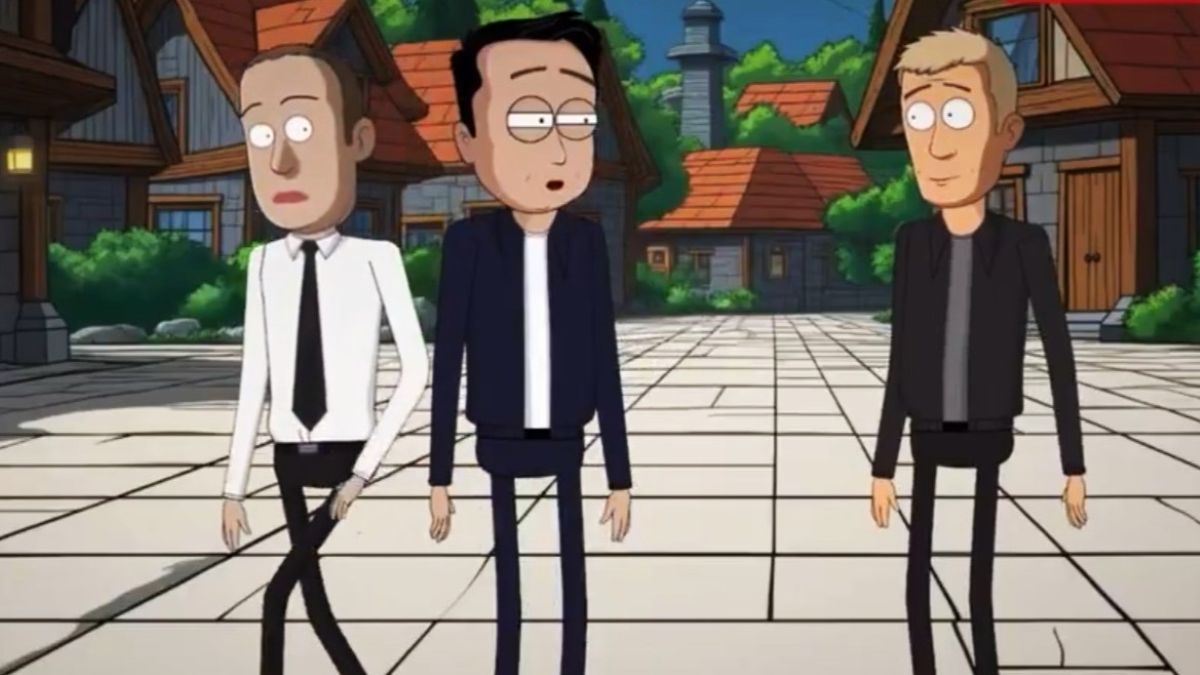Netflix’s live-action adaptation of Avatar: The Last Airbender is officially upon us, opening the doors of a beloved franchise to a brand new audience. How longtime fans will enjoy the series has yet to be decided — Netflix adaptations are notoriously sub-par, after all — but, with such stellar source material to work from, fans are holding out hope that Avatar, like One Piece, breaks the Netflix curse.
The series follows the same events as Nickelodeon’s animated series, but — as is often the case with a change in format — there will be plenty of changes. Fans are expecting the series to tackle familiar timelines and story arcs, but they’re also prepped for changes — both necessary and frivolous — to give the series that live-action twist.
Even with the changes, however, Netflix’s Avatar: The Last Airbender is still a familiar beast. It will still follow Aang and the Gaang on a one-year journey across their fantastical world as Aang hones his skills and prepares for the fight of his life. It’s expected to take place in the same timeline as the original — despite some deviations to explain historical events — so longtime fans of the franchise will find plenty to recognize in the fresh series.
When is Avatar: The Last Airbender set?
Avatar doesn’t take place on our planet, so trying to link it to to Earth’s history is a mistake. The series is set in a stunning fantasy world that’s split into several nations, all of which take their inspiration from separate, but similar, cultural backgrounds.
All of Avatar is stylized primarily around East Asian cultures, but none of the different nations look exactly alike. All of them sport strange technologies that, while certainly not modern in the real-world sense, are far from archaic. You won’t find many vehicles or engines in the series — at least outside of the Fire Nation — but that doesn’t mean the Earth Kingdom is living in the dark ages. Their technologies are just largely built around earth bending, rather than more recognizable real-world tech.
The entirety of the original Avatar: The Last Airbender takes place between 99AG and 100AG. That AG ominously stands for “after the genocide,” a reference to the slaughter of the entirety of the Air Nomad nations. That’s when fans are expecting the fresh series to take place as well — right around 100 years after Aang’s people were toppled by the invading Fire Nation.
The whole series takes place in a single year, which might seem short, but our team is on a timeline here. I won’t give away too many details, but they have no choice but to face off against Firelord Ozai within a certain timeframe. We’re very likely to see the live-action series follow that course, starting with tidbits taken from the pre-AG days — looks back at Firelord Sozin and previous Avatars like Roku — and then properly settling in around 0AG, when Aang was born. The majority of events will fall in that 99AG to 100AG time period, however, as Aang travels the world with his band of youthful warriors and prepares to end the Fire Nation’s scourge once and for all.











Published: Feb 22, 2024 09:51 am